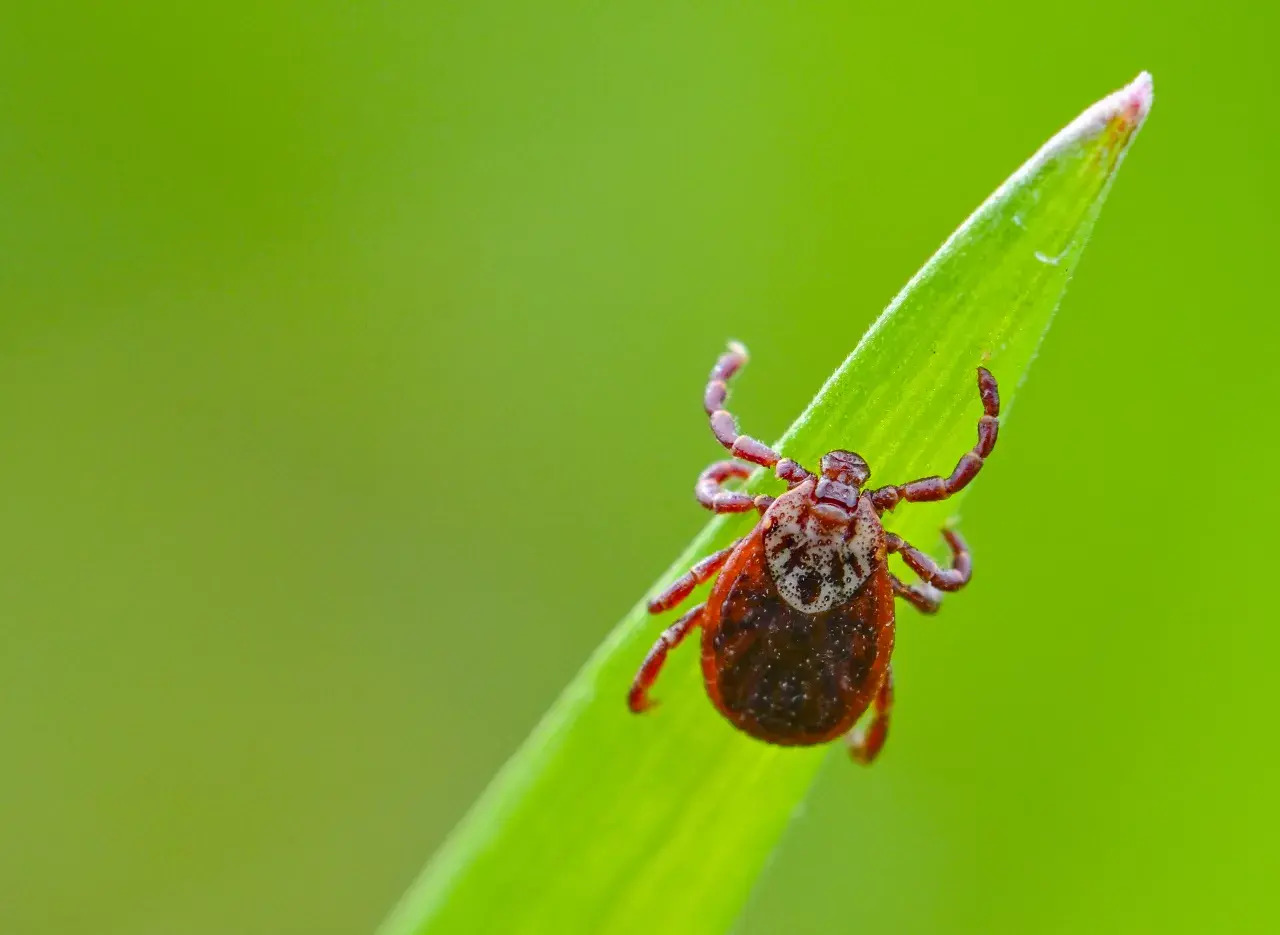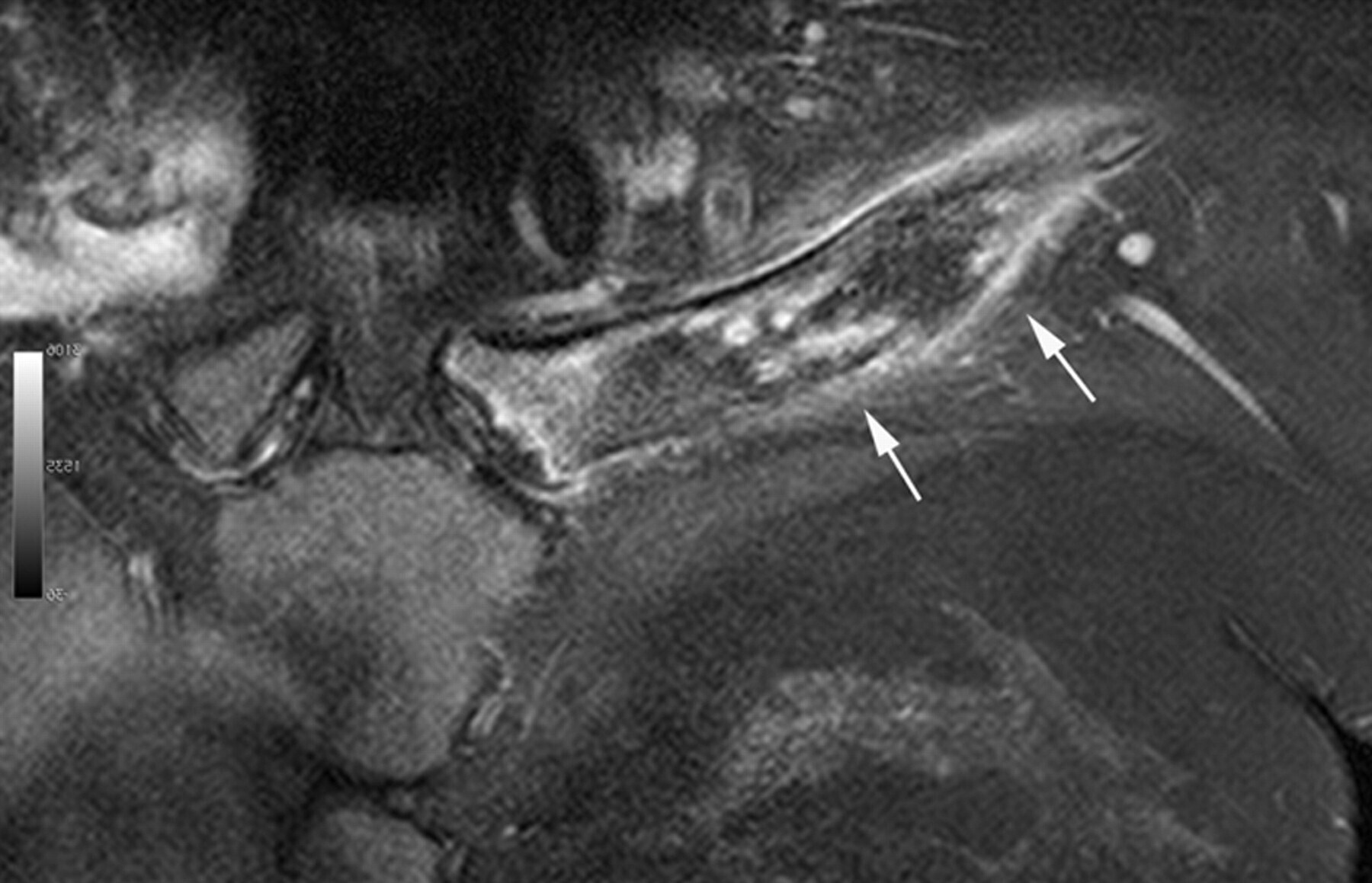
Colorado Tick Fever is a rare viral infection transmitted by the bite of an infected Rocky Mountain wood tick. Found primarily in the western United States and Canada, this illness often goes unnoticed due to its flu-like symptoms. Did you know that the virus can cause fever, chills, headache, muscle pain, and even a rash? While most people recover fully within a few weeks, some may experience lingering fatigue. Understanding the risks and symptoms is crucial for those who enjoy outdoor activities in tick-prone areas. Prevention includes wearing protective clothing and using tick repellents. Stay informed and stay safe!
Key Takeaways:
- Colorado Tick Fever is a viral infection transmitted by Rocky Mountain wood ticks. It causes fever, muscle pain, and fatigue, but is rarely fatal. Prevention includes using insect repellent and performing regular tick checks.
- Diagnosis of Colorado Tick Fever involves blood tests and PCR tests to detect the virus. Prevention strategies include wearing long sleeves, using tick prevention products for pets, and creating a tick-free zone in your yard.
What is Colorado Tick Fever?
Colorado Tick Fever (CTF) is a viral infection transmitted by the bite of an infected Rocky Mountain wood tick. This illness is primarily found in the western United States and parts of Canada. Let's dive into some intriguing facts about this disease.
-
CTF is caused by a virus known as Coltivirus. This virus belongs to the Reoviridae family, which includes other viruses affecting both humans and animals.
-
The primary vector for CTF is the Rocky Mountain wood tick. These ticks are commonly found in wooded and grassy areas at elevations between 4,000 and 10,000 feet.
-
CTF is most prevalent during the spring and early summer. This is when ticks are most active and people are more likely to be outdoors.
-
Symptoms typically appear 3 to 6 days after a tick bite. These can include fever, chills, headache, muscle pain, and fatigue.
-
A biphasic fever pattern is common in CTF. This means the fever may subside after a few days, only to return again.
-
Rash is uncommon in CTF. Unlike other tick-borne illnesses, a rash is not a typical symptom of Colorado Tick Fever.
-
CTF can cause a low white blood cell count. This condition, known as leukopenia, can make individuals more susceptible to other infections.
-
There is no specific treatment for CTF. Management focuses on relieving symptoms, such as using pain relievers and staying hydrated.
-
Most people recover fully within 10 days. However, fatigue and weakness can persist for several weeks.
-
CTF is rarely fatal. Severe complications are uncommon, making it less dangerous than some other tick-borne diseases.
How is Colorado Tick Fever Diagnosed?
Diagnosing CTF can be challenging due to its nonspecific symptoms. Healthcare providers often rely on a combination of clinical signs and laboratory tests.
-
Blood tests can detect the virus. These tests look for the presence of the Coltivirus in the blood.
-
Polymerase chain reaction (PCR) tests are highly accurate. PCR can identify the genetic material of the virus, confirming the diagnosis.
-
Serological tests can detect antibodies. These tests identify the body's immune response to the virus, indicating a recent or past infection.
-
A complete blood count (CBC) can reveal leukopenia. This blood test measures the levels of different blood cells, helping to identify low white blood cell counts.
-
Differential diagnosis is important. Doctors must rule out other illnesses with similar symptoms, such as Lyme disease or Rocky Mountain spotted fever.
Preventing Colorado Tick Fever
Prevention is key when it comes to tick-borne diseases. Here are some effective strategies to reduce the risk of CTF.
-
Use insect repellent containing DEET. Applying repellent to skin and clothing can help keep ticks at bay.
-
Wear long sleeves and pants. Covering exposed skin reduces the chances of tick bites.
-
Perform regular tick checks. After spending time outdoors, inspect your body and clothing for ticks.
-
Shower soon after being outdoors. This can help wash off any unattached ticks.
-
Treat pets with tick prevention products. Pets can bring ticks into the home, increasing the risk of bites.
-
Avoid walking through tall grass and brush. Stick to well-trodden paths to minimize exposure to ticks.
-
Use tick collars or spot-on treatments for pets. These products can help protect pets from tick bites.
-
Create a tick-free zone in your yard. Keep grass short, remove leaf litter, and create barriers between wooded areas and your lawn.
Interesting Facts About Colorado Tick Fever
Beyond the basics, there are some lesser-known facts about CTF that are worth exploring.
-
CTF was first described in the 1930s. The disease was identified in Colorado, giving it its name.
-
The virus can infect small mammals. Rodents and other small animals can serve as reservoirs for the virus.
-
Ticks can remain infectious for life. Once a tick is infected with the virus, it can transmit CTF throughout its lifespan.
-
CTF is not transmitted person-to-person. The virus is only spread through tick bites, not through casual contact.
-
The virus can survive in frozen ticks. This resilience allows the virus to persist in tick populations even during harsh winters.
-
CTF is more common in men. This may be due to higher exposure to tick habitats through outdoor activities.
-
There is ongoing research into CTF. Scientists are studying the virus and its transmission to develop better prevention and treatment strategies.
Final Thoughts on Colorado Tick Fever
Colorado Tick Fever, a viral illness spread by the bite of an infected Rocky Mountain wood tick, can cause a range of symptoms from mild to severe. Understanding the symptoms, prevention methods, and treatment options is crucial for anyone living in or visiting areas where these ticks are common. Early detection and proper medical care can make a significant difference in recovery. Always use tick repellents, wear protective clothing, and check for ticks after spending time outdoors. If you experience symptoms like fever, muscle aches, or fatigue after a tick bite, seek medical attention promptly. Staying informed and taking preventive measures can help you enjoy the great outdoors without the worry of tick-borne illnesses. Stay safe, stay healthy, and keep exploring!
Frequently Asked Questions
Was this page helpful?
Our commitment to delivering trustworthy and engaging content is at the heart of what we do. Each fact on our site is contributed by real users like you, bringing a wealth of diverse insights and information. To ensure the highest standards of accuracy and reliability, our dedicated editors meticulously review each submission. This process guarantees that the facts we share are not only fascinating but also credible. Trust in our commitment to quality and authenticity as you explore and learn with us.


